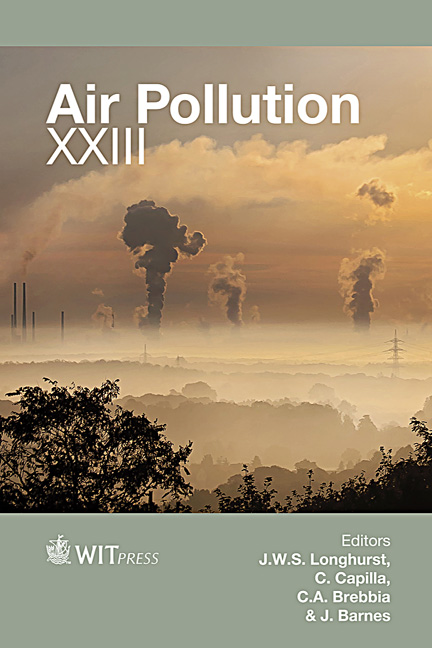Biomonitoring Of Genotoxic Risk Of Workers Exposed To Heavy Air Pollution
Price
Free (open access)
Transaction
Volume
198
Pages
12
Page Range
117 - 128
Published
2015
Size
344 kb
Paper DOI
10.2495/AIR150101
Copyright
WIT Press
Author(s)
C. R. Rainho, S. M. Corrêa, C. A. F. Aiub, I. Felzenszwalb
Abstract
Epidemiological studies found an increased risk of cancers in occupations exposed to traffic air pollution. PM2.5 are toxic and can enter into the respiratory tract and circulatory system. PM2.5 can adsorb various substances, such as polycyclic aromatic hydrocarbons (PAHs) nitro-PAHs. The present study was carried out with 15 Rebouças tunnel (Rio de Janeiro, Brazil) workers (exposed group) and 11 healthy men (control group). The participants were informed about the study and asked to sign an informed consent form and to complete a standard questionnaire to obtain necessary data on their lifestyle. Samples of buccal mucosa cells and peripheral blood were evaluated using micronucleus (MN) assay. Urine samples were used to estimate the concentration of 1-hydroxyprene (1-HOP) and 2-naphthol (2-NAP). A significantly higher frequency (10.82) of MN in buccal cells and (4.42) binucleated lymphocytes were detected for the exposed workers. Higher concentrations of 1-HOP (16.47 μmol/mol creatinine) and 2-NAP (6.56 μmol/mol creatinine) were also detected in the exposure group. In conclusion, damage to the genetic material and the high concentrations of metabolites of PAHs detected in the biological samples taken from Rebouças tunnel workers can be related to daily exposure to pollutants in the tunnel.
Keywords
PAHs, nitro-PAHs, atmosphere, genotoxic, blood and urine





